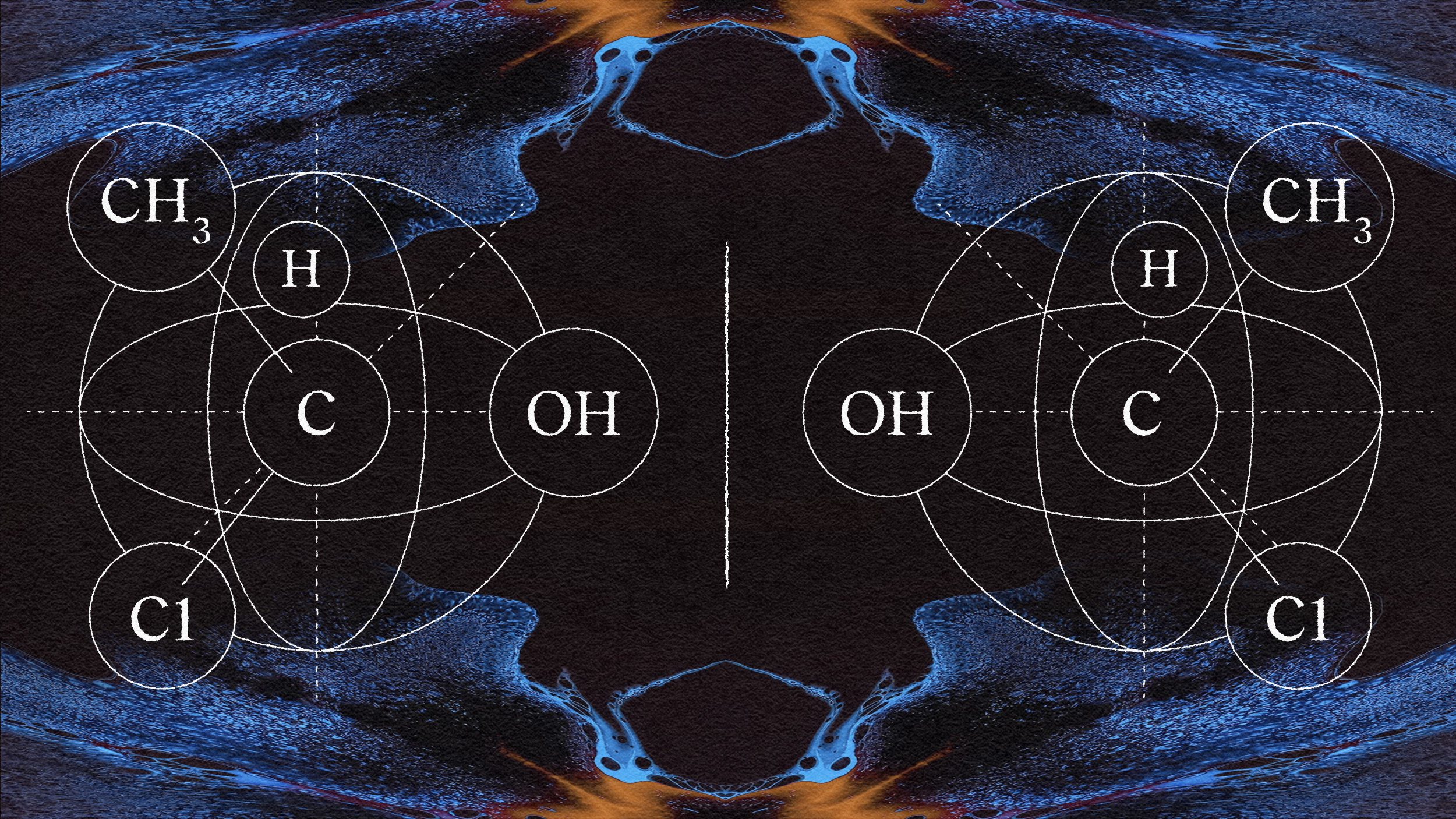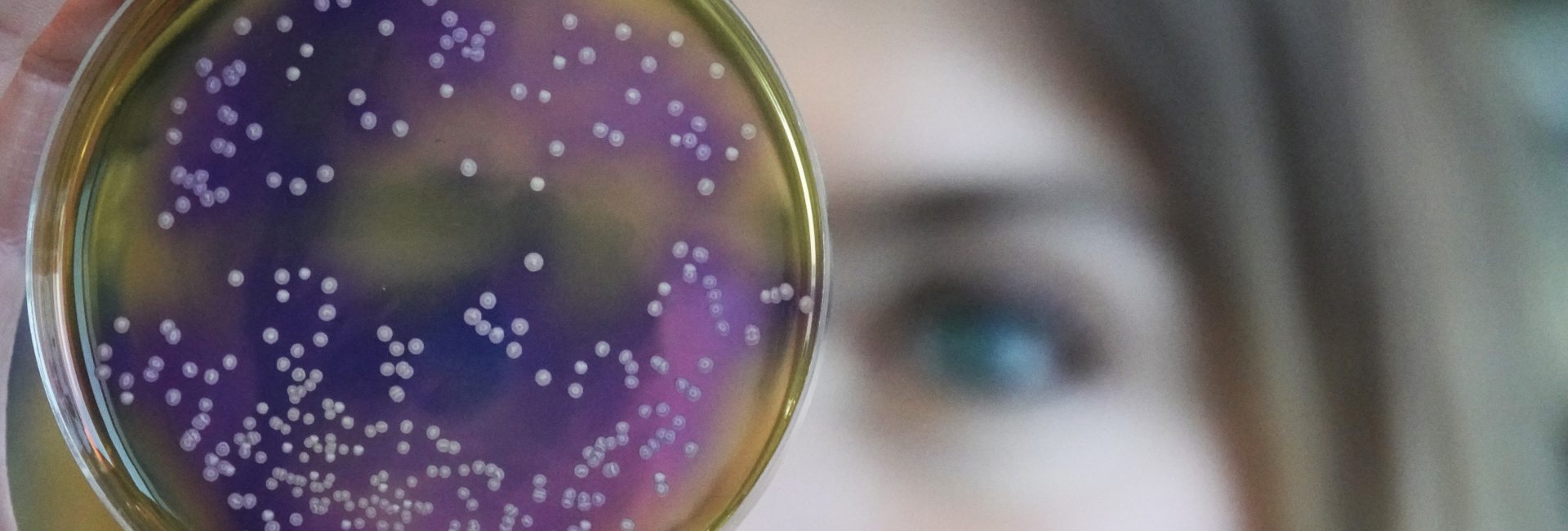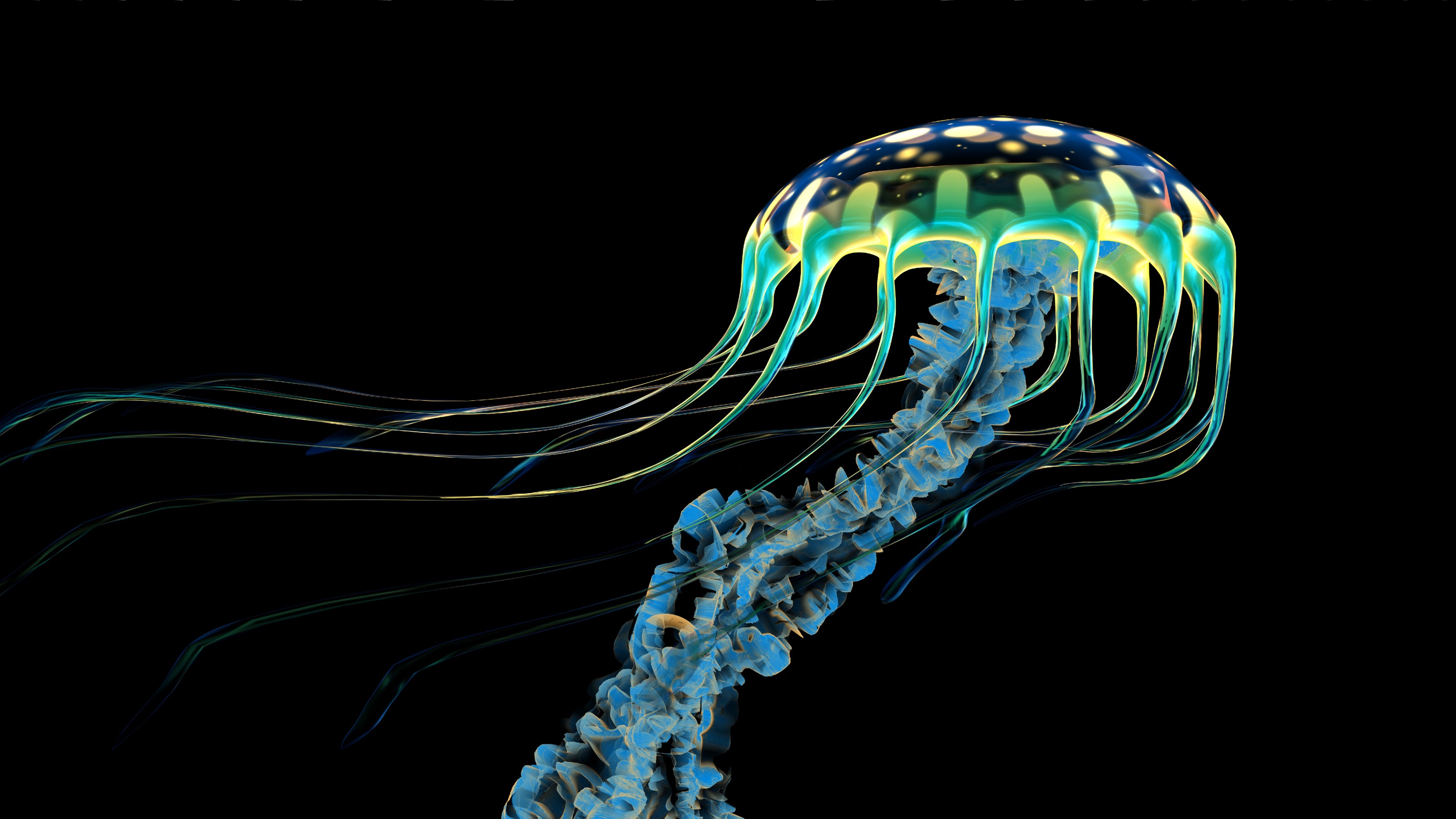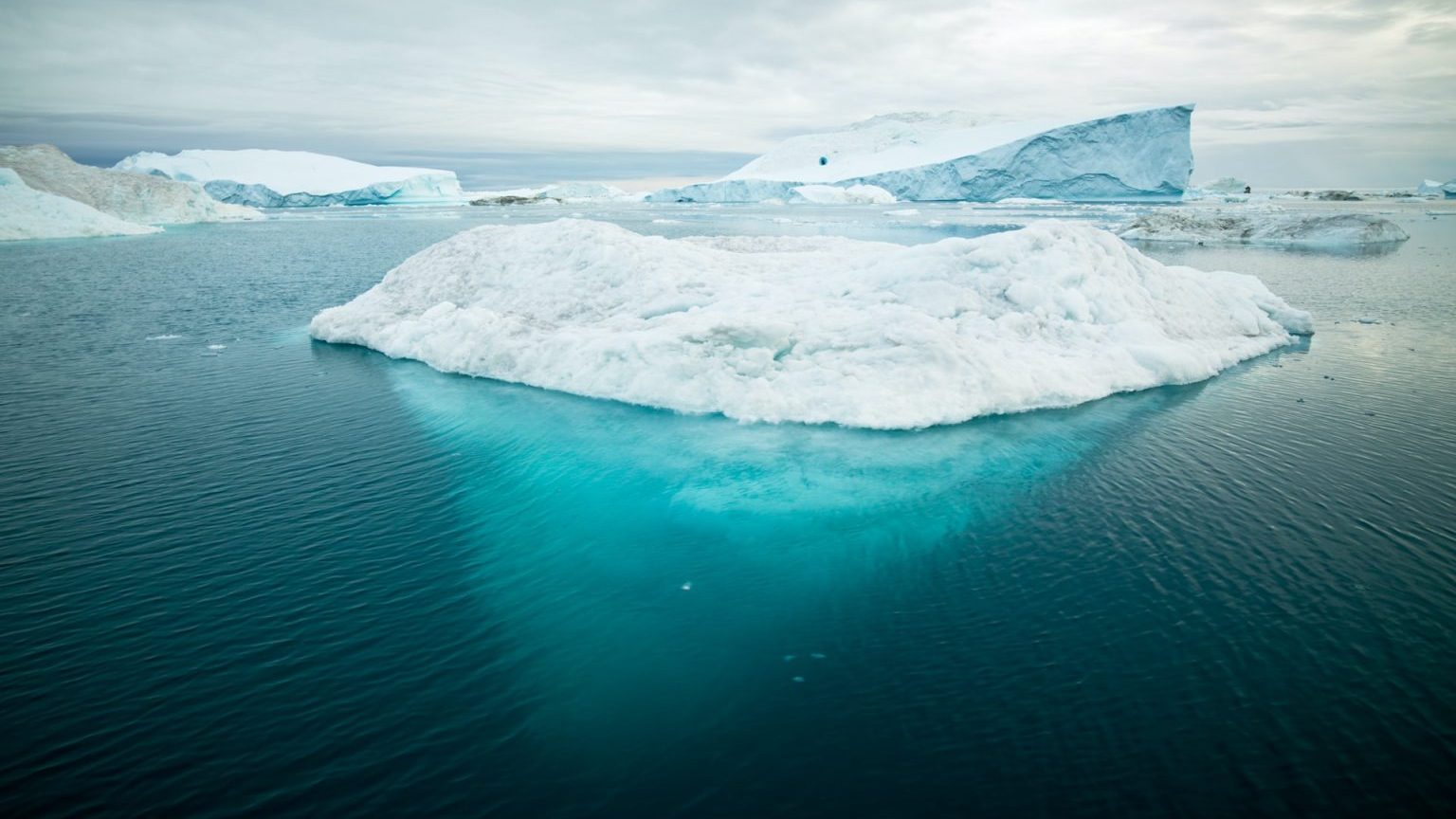Good Germ, Bad Germ: The Mechanics Of Coral Death
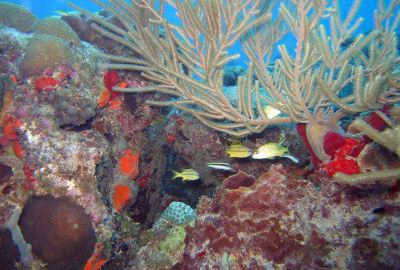
Warming world, warming waters, coral reef die-off. You know the drill. But until recently, marine biologists knew relatively little about what exactly was going on, on the bacterial level, when coral reefs died off. Now, a group of scientists at Cornell have drawn up a mathematical model to pinpoint the fine line at which warming or water pollution manifest themselves as coral bleaching: the line at which pathogens take over a coral’s good bacteria.
Healthy corals depend on good bacteria to form a protective microbial mucus layer – a sort of skin – and fend off pathogen invasion. When waters warm to intolerable levels, the good bacteria die off, and the coral becomes vulnerable prey for pathogens. Even if waters cool at that point and return to tolerable temperatures, many corals will be damaged beyond natural repair. As a result, coral reefs are biting the dust faster than rainforests are, according to Vincent Pieribone, assistant professor of neurobiology at Yale School of Medicine.
From Laura Jones, Cornell senior research associate in ecology and evolutionary biology: “Before this study, we just had observations but little understanding of the mechanism [for death]. There’s a critical threshold where the system jumps to a pathogen-dominated state.”
But who except deep sea divers really needs to care, right? Well, no. According to the Coral Reef Alliance, “coral reefs provide economic goods and ecosystem services worth about $375 billion each year to millions of people.” Or is our planet’s most fragile ecosystem priceless?

